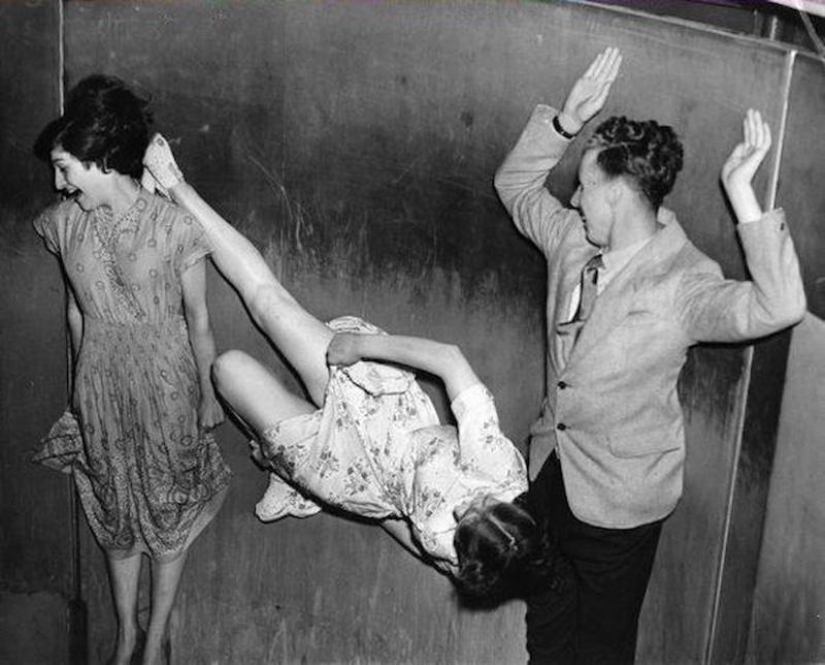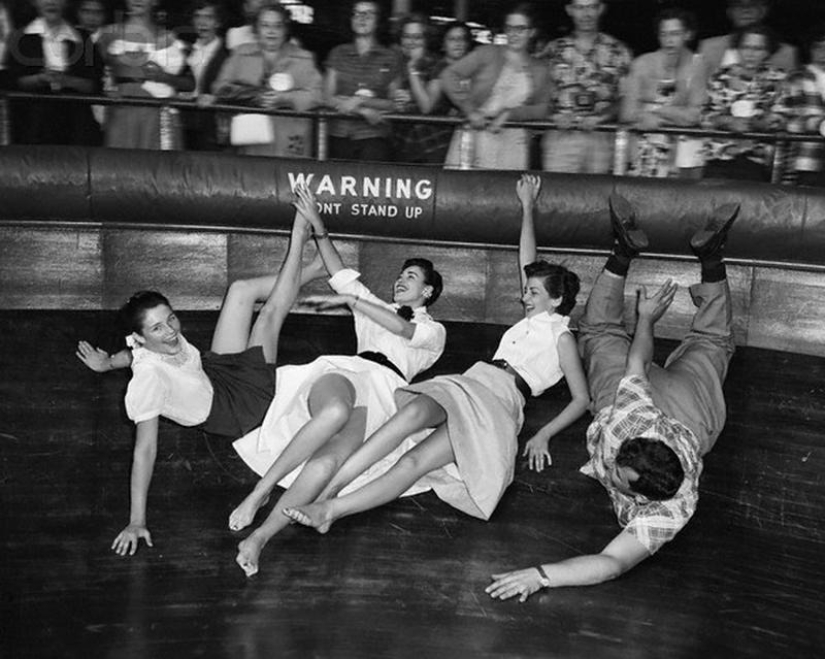The mind-blowing "Rotor– is a rotating attraction of the 50s for the most desperate
Categories: Design and Architecture | History | North America | Society
By Pictolic https://pictolic.com/article/the-mind-blowing-rotor-is-a-rotating-attraction-of-the-50s-for-the-most-desperate.htmlNowadays in amusement parks you can find attractions for every taste. Fortunately, today the organizers carefully monitor the safety of visitors, but 70 years ago no one thought about it. People were spinning at high speed without belts and any insurance.
One of the most popular attractions of that time – the "Rotor" - was called the "devil's hole", and for good reason. It was designed by German engineer Ernst Hoffmeister in the late 1940s. Find out how the design looked and worked, similar to a huge blender for people, from our material.

In the photos taken in Coney Island, Brooklyn, in the 1950s, everyone looks calm, levitating in the air. This impression is created due to the short exposure time and the installation with a high aperture. In fact, the participants rotated around the axis in a huge barrel at a speed of two revolutions per second.

The force with which the drum rotated was so great that it was difficult for the participants of the attraction to breathe.
How the "Rotor" was arranged

The principle of operation of the attraction was that the rotation of the barrel created a centrifugal effect. When reaching full speed, the bottom went out from under their feet, and people "stuck" to the walls of the drum. At the end of the session, the barrel slowed down and gravity returned. No one seems to have thought about the safety rules.

Most of the "Rotors" were built with an observation deck. Those who wanted to see people spinning at breakneck speed paid a quarter.

Up to 30 thrill-seekers could fit in a barrel at a time. Through the door they entered a 3.6 m diameter drum. There were no age restrictions: both adults and children could ride.


The rotor scattered people in different poses. The participants of the attraction desperately tried to return to their previous position, but they could not do it.





Meanwhile, the Lithuanian scientist's "death attraction" outraged the public. The author believes that his deadly roller coaster Euthanasia Coaster will allow "to take a person's life humanely, elegantly and with euphoria."
Recent articles

Jacques-Henri Lartigue (1894-1986) is perhaps the most famous "amateur" in the history of photography. The art world discovered his ...

It turns out that an active lifestyle is useful not only for the body but for the brain. Exercise strengthens muscles and spirit, ...

Most major companies profanity is not encouraged. It is considered that the profanity — it is a sign of disrespect for ...